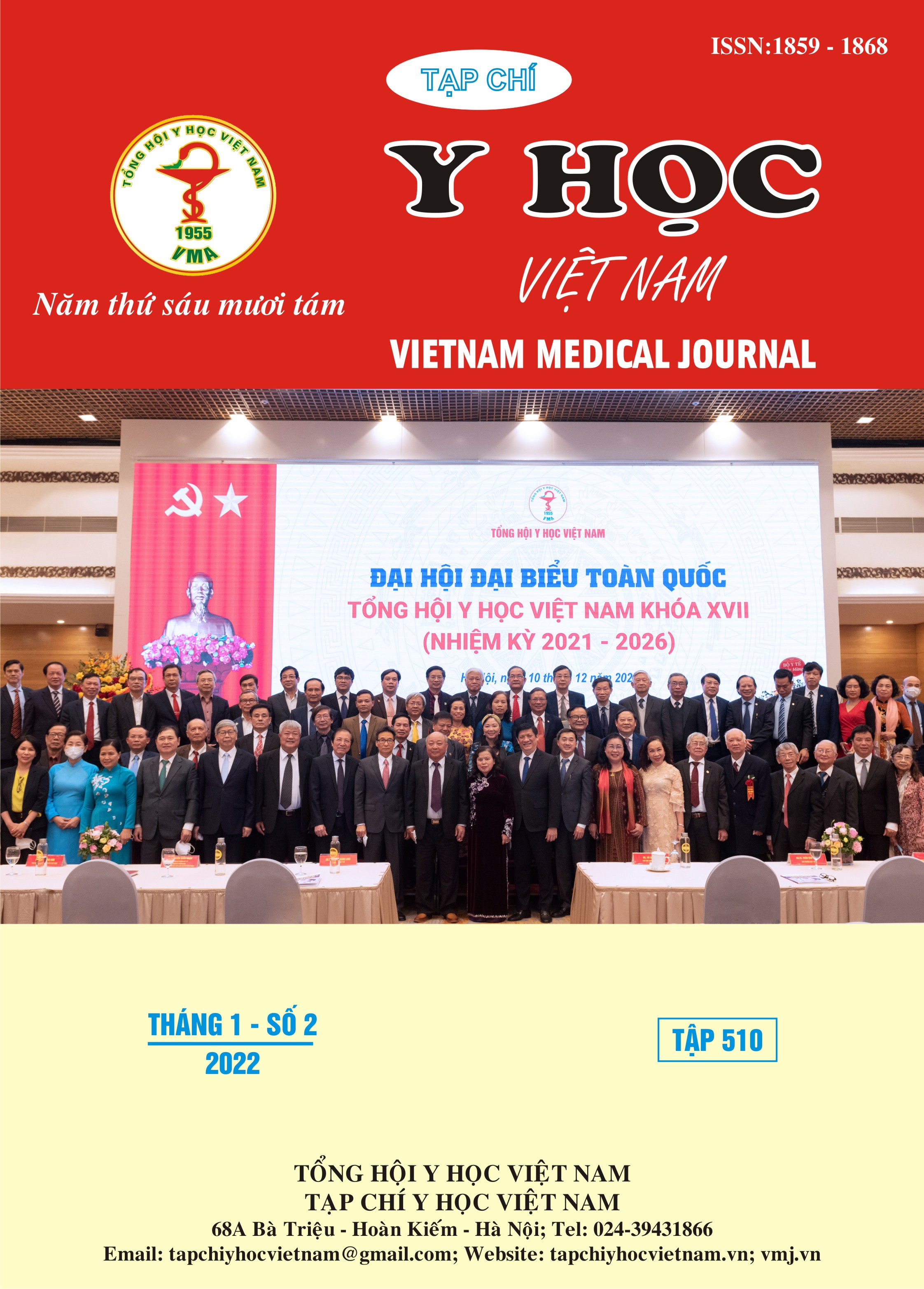THE SITUATION OF ATTENTION DEFICIT HYPERACTIVITY DISORDER IN DEPARTMENT OF PSYCHIATRY, NATIONAL CHILDREN’S HOSPITAL
Main Article Content
Abstract
Our study aimed to describe the situation of attention deficit hyperactivity disorder (ADHD) in Department of Psychiatry in National Children's Hospital. This is a cross-sectional descriptive study, including 67 children diagnosed with ADHD according to the diagnostic criteria of DSM V at Department of Psychiatry in National Children's Hospital. Results: Majority of children with ADHD were diagnosed between 6 and 10 years old; the average age of diagnosis was 7.3 ± 1.3. There were 6.0% of patients had low birth weight and 13.4% had premature birth. 32.8% of children were delivered by cesarean section and 1.5% had forceps intervention. The most common comorbid mental disorder was communication disorder (53.7%), followed by oppositional defiant disorder (38.8%). Most patients have an average IQ (90-109) with the rate of 44.8% and 13.4% of children have mental retardation.
Article Details
Keywords
attention deficit hyperactivity disorder, children
References
2. Silk TJ, Malpas CB, Beare R, et al. A network analysis approach to ADHD symptoms: More than the sum of its parts. PloS One. 2019;14(1):e0211053. doi:10.1371/journal.pone.0211053
3. Lacramioara Spetie, Eugene L.Arnold. Chapter 5.1.1. Attention – Deficit Hyperactivity Disorder. In: Lewis’s Child and Adolescent Psychiatry: A Comprehensive Textbook. 5th ed. Wolters Kluwer Health; 2017.
4. Riddle MA, Yershova K, Lazzaretto D, et al. The Preschool Attention-Deficit/Hyperactivity Disorder Treatment Study (PATS) 6-year follow-up. J Am Acad Child Adolesc Psychiatry. 2013;52(3):264-278.e2. doi:10.1016/j.jaac.2012.12.007
5. Fleck K, Jacob C, Philipsen A, et al. Child impact on family functioning: a multivariate analysis in multiplex families with children and mothers both affected by attention-deficit/hyperactivity disorder (ADHD). Atten Deficit Hyperact Disord. 2015;7(3):211-223. doi:10.1007/s12402-014-0164-8
6. Germinario EAP, Arcieri R, Bonati M, et al. Attention-deficit/hyperactivity disorder drugs and growth: an Italian prospective observational study. J Child Adolesc Psychopharmacol. 2013;23(7):440-447. doi:10.1089/cap.2012.0086
7. Wang T, Liu K, Li Z, et al. Prevalence of attention deficit/hyperactivity disorder among children and adolescents in China: a systematic review and meta-analysis. BMC Psychiatry. 2017;17:32. doi:10.1186/s12888-016-1187-9
8. DuPaul GJ, Gormley MJ, Laracy SD. Comorbidity of LD and ADHD: implications of DSM-5 for assessment and treatment. J Learn Disabil. 2013; 46(1):43-51. doi:10.1177/ 0022219412464351


